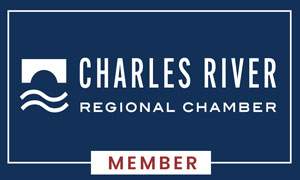Get Your Actuarial Memo Here!
You just signed the annual opinion and now you can take a break, unless you haven’t written an actuarial memo, which is due later in the spring. The good news is, by writing the actuarial memo, it enables you some time to document IBNR and other reserving practices and reflect on better practices that could be implemented in the upcoming year. In my experience, reviewing various organizations’ actuarial memos, I often feel like Goldilocks critiquing the three bears:
More than just IBNR calculation
Some actuarial memos are too little: sometimes you come across a one-page actuarial memo which only discusses IBNR. These memos are just not enough and missing the following:
- Anything not IBNR: sometimes the actuary thinks they only need to justify the IBNR calculation, but this is not correct, as the Actuarial memo is supporting the actuarial opinion and the actuarial opinion includes any actuarial asset or liability. Even if other departments performed calculations for MLR rebates, Risk Adjustment, Risk Corridors, or Premium Deficiency Reserves, the opining actuary needs to understand and document the process used
- Specifics: often these one pagers don’t include specifics, but you need some detail
- Reliance on data and outline who else helped
Avoid overly technical actuarial memos
Some actuarial memos are too much: often an actuary wants to include too much information
- Overstating what they did: don’t say you did something if you didn’t – actuaries may feel pressure to have best in class reserving, but if you had limited data or time, admit it. Explain why you needed to apply a simpler approach and some of the possible risks of that choice
- Including interim or alternative calculations: a better option is to include your final calculation and state why you selected that methodology. You can state you surveyed other methods, but if you didn’t choose them, don’t include the back up in the memo (as it is just confusing to the reader)
- Including the models as part of the memo: you can reference and describe your models, but the memo is a memo and not an actuarial model
Aim for balance
Every once in a while, the memo is just right: it’s a balance between too much and too little
- Covers all estimates and provides enough methodological detail that another capable actuary with sufficient time and the same data can rebuild your methodology
- Differentiates between a $0 reserve and no estimate (often PDRs are excluded from the memo and the rational is they are $0, should outline why $0 is appropriate)
- Statement if the annual opinion included your estimates or if you validated the estimates that were created by another
- Meets ASOP and regulatory requirements
The key is any of the 3 are better than no actuarial memo so get started on writing!




